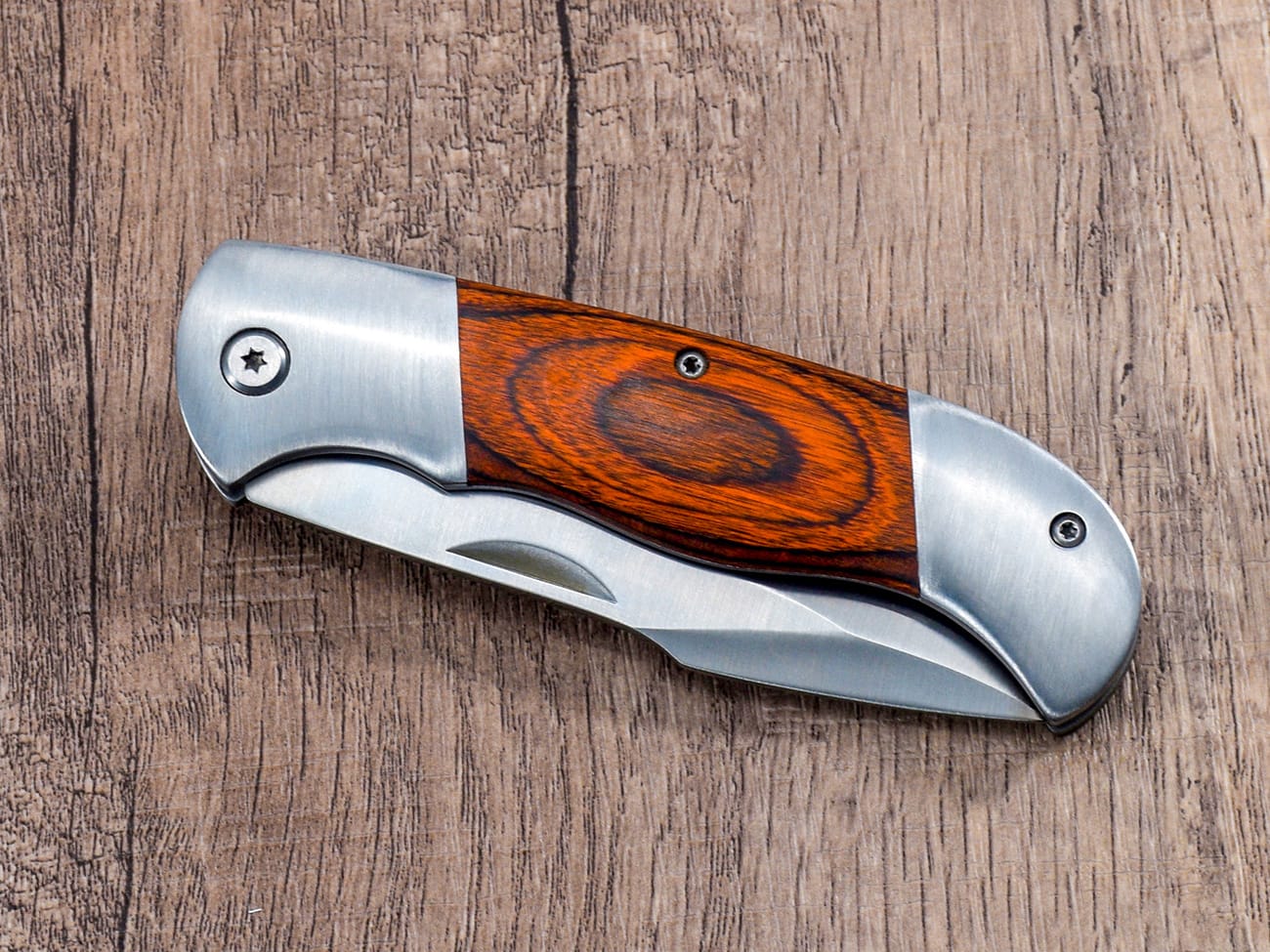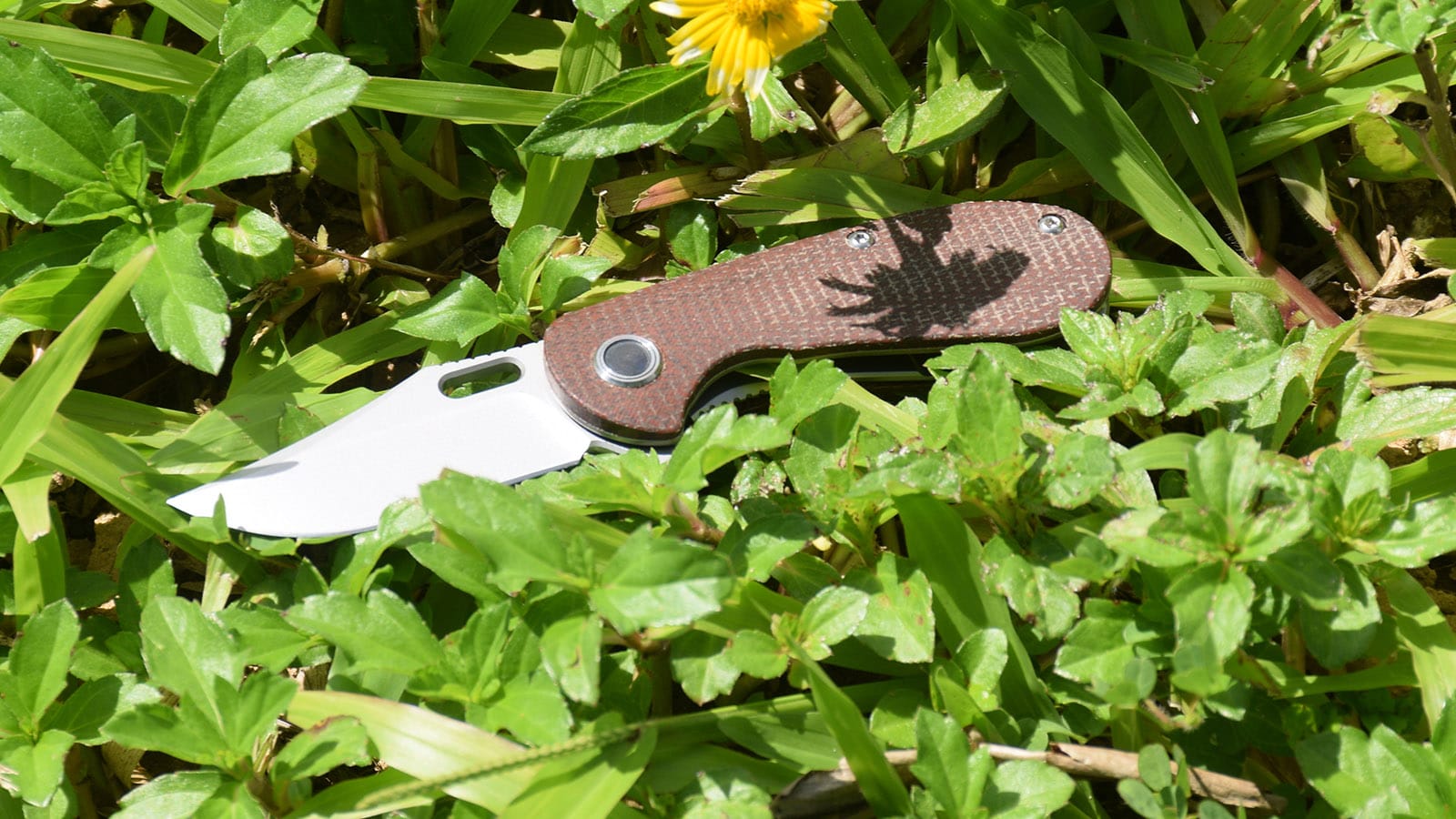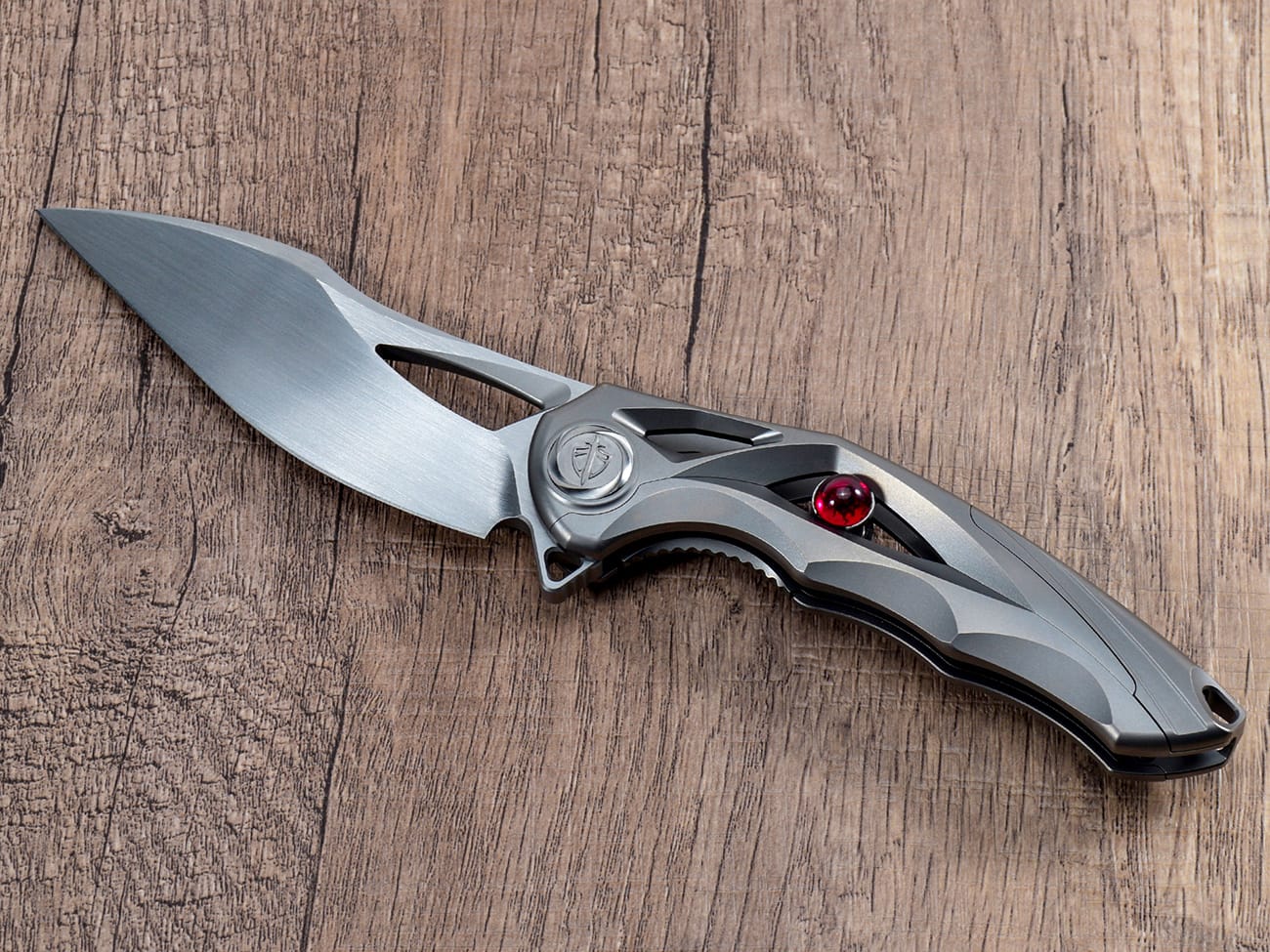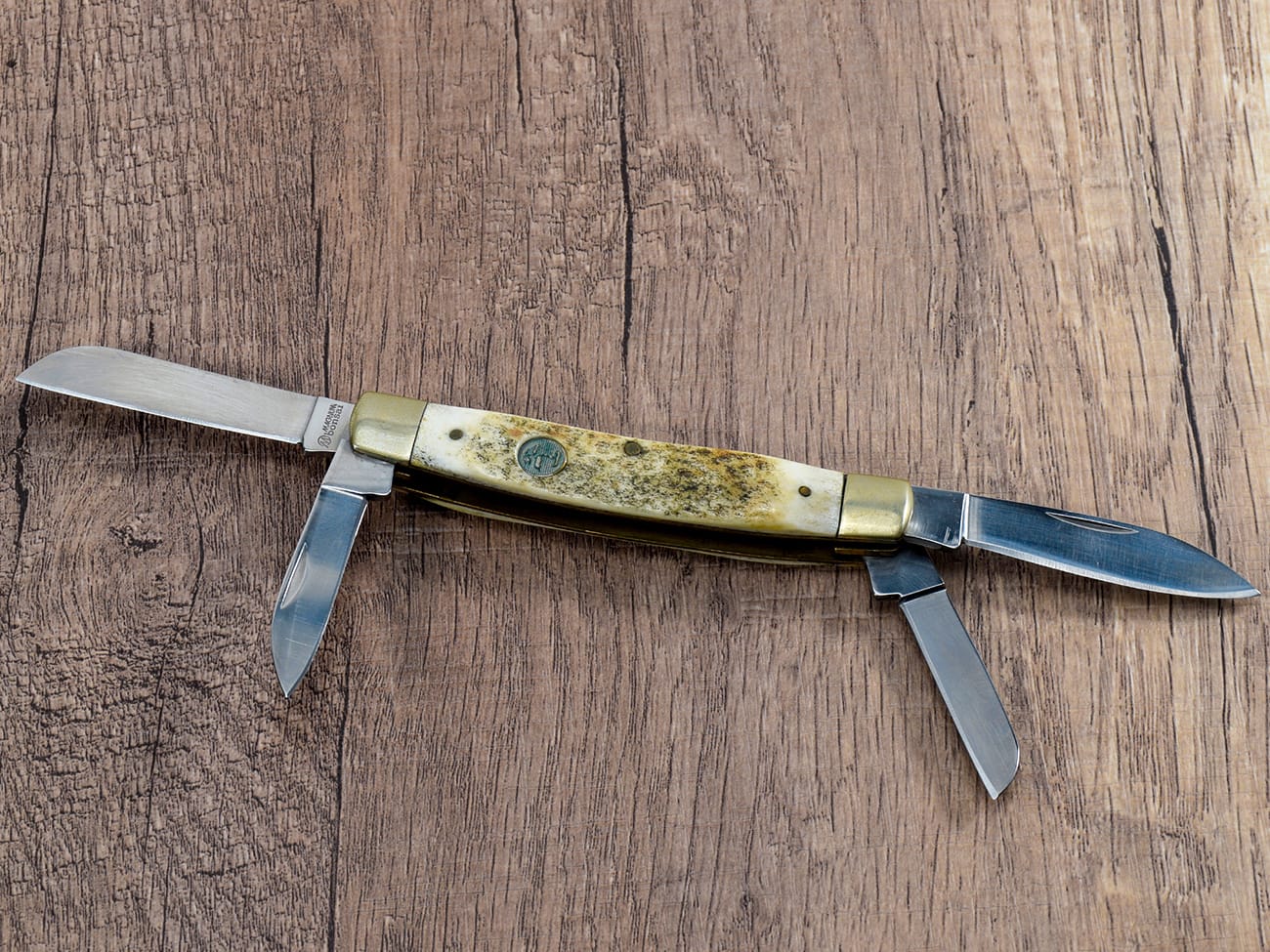As pocket knives become increasingly popular tools for outdoor activities and everyday carry, it’s crucial for parents and guardians to understand the safety precautions and legal considerations surrounding their use by minors. This comprehensive guide will explore the special safety instructions and legal restrictions that should be placed on pocket knife use by young people.
Why This Article Matters
Pocket knives can be valuable tools for developing responsibility and outdoor skills in young people. However, they also carry inherent risks if used improperly. By understanding proper safety practices and relevant laws, parents can help ensure their children use pocket knives safely and legally.
Understanding Pocket Knife Safety for Minors
What are the basic safety rules for pocket knife use?
When it comes to pocket knife safety for minors, there are several fundamental rules that should always be followed:
- Always cut away from your body
- Keep the blade sharp – dull blades are more dangerous
- Close the knife when not in use
- Never throw a knife
- Hand a knife to others handle-first
- Use the right knife for the job
How should proper knife handling be taught to young people?
Teaching proper knife handling to minors should involve:
- Adult supervision and guidance
- Hands-on practice with safe, trainer knives
- Clear explanations of each safety rule
- Gradual introduction of more advanced techniques
What are the risks of improper pocket knife use by minors?
The main risks include:
- Accidental cuts or stab wounds
- Injuries to others if the knife is mishandled
- Legal consequences if laws are violated
At what age is it appropriate to introduce pocket knives to children?
There’s no universal “right age” for introducing pocket knives, as maturity levels vary. However, many experts suggest:
- Basic safety concepts can be introduced around age 5-7
- Supervised use of small, folding knives may begin around 7-9
- Independent use typically not recommended until age 11-13+
Legal Restrictions on Pocket Knife Carry and Use by Minors
What are the general laws regarding minors and pocket knives?
Laws vary significantly by location, but some common restrictions include:
- Prohibitions on carrying knives on school grounds
- Age restrictions for purchasing knives
- Blade length limits for concealed carry
How do knife laws vary by state?
Knife laws can differ dramatically between states. For example:
- Some states have no statewide blade length restrictions
- Others prohibit carrying knives with blades over 2-4 inches
- Certain knife types (e.g. switchblades) may be entirely banned in some areas
Are there federal laws that apply to minors and pocket knives?
While most knife laws are at the state level, some federal restrictions exist:
- The Federal Switchblade Act prohibits interstate commerce of automatic knives
- TSA regulations restrict knives on planes
What are the consequences for violating knife laws?
Potential consequences may include:
- Confiscation of the knife
- Fines
- Misdemeanor or felony charges in serious cases
Choosing Appropriate Pocket Knives for Young Users
What features should parents look for in a first pocket knife?
When selecting a pocket knife for a young user, consider:
- Folding design for safety
- Smaller blade (2-3 inches)
- Locking mechanism to prevent accidental closure
- Rounded tip for added safety
- Lightweight, easy-to-grip handle
Are there specific knife types that are better suited for beginners?
Some good options for beginners include:
- Swiss Army knives
- Small lockback knives
- Multi-tools with knife blades
What blade materials are safest for young users?
For young users, consider:
- Stainless steel blades for corrosion resistance
- Softer steels that are easier to sharpen
- Avoid high-carbon steels that can be brittle
Proper Storage and Maintenance of Pocket Knives
How should pocket knives be stored to ensure child safety?
Safe storage practices include:
- Keeping knives in a locked drawer or case
- Storing knives out of reach of young children
- Using knife sheaths for added protection
What maintenance tasks should young knife owners learn?
Important maintenance skills include:
- Proper cleaning after use
- Safe sharpening techniques
- Lubricating moving parts
- Checking for loose screws or damage
How often should a pocket knife be inspected for safety?
Regular safety inspections should occur:
- Before each use
- After any heavy use
- At least monthly for general condition
Teaching Responsible Pocket Knife Use
What are some good projects for learning knife skills?
Beginner-friendly projects might include:
- Whittling simple shapes
- Preparing kindling for campfires
- Carving soap
- Making feather sticks
How can parents reinforce safe knife habits?
To reinforce safe habits:
- Lead by example with your own knife use
- Praise proper technique and safety observations
- Correct unsafe behavior immediately and consistently
- Make safety discussions a regular part of knife use
What outdoor activities can help develop knife skills?
Activities that can build knife skills include:
- Scouting programs
- Supervised camping trips
- Bushcraft workshops
- Carving clubs or classes
Addressing Common Concerns About Youth Knife Use
How can parents balance safety concerns with the benefits of knife skills?
To strike a balance:
- Start with close supervision and gradually increase independence
- Focus on building a foundation of safety and responsibility
- Emphasize knives as tools, not weapons
- Set clear rules and consequences for misuse
What should schools know about students carrying pocket knives?
Parents should be aware that:
- Most schools prohibit all knives on campus
- There may be exceptions for specific programs (e.g. outdoor education)
- Clear communication with administration is crucial if knife carry is necessary
How can peer pressure regarding knife carry be addressed?
To address peer pressure:
- Discuss the legal and safety implications of carrying knives
- Role-play scenarios for refusing to participate in unsafe behavior
- Emphasize personal responsibility and decision-making
Cultural and Educational Aspects of Pocket Knife Use
How do different cultures view youth knife use?
Cultural attitudes vary widely:
- Some cultures introduce knives at very young ages as essential tools
- Others have strict regulations on youth knife possession
- Urban vs. rural areas often have differing perspectives
Are there educational programs focused on youth knife safety?
Several organizations offer youth knife safety education:
- Boy Scouts of America
- 4-H programs
- Some outdoor education centers
- Certain knife manufacturers provide educational resources
How can schools incorporate knife safety into their curriculum?
While many schools prohibit knives, safety education can still be valuable:
- Include knife safety in outdoor education or shop classes
- Use prop knives for demonstrations
- Focus on general tool safety principles

A folding knife with a locking mechanism can be a safer option for young users
Legal and Ethical Considerations for Parents
What legal responsibilities do parents have regarding their child’s knife use?
Parents may be legally responsible for:
- Ensuring compliance with local knife laws
- Supervising proper use and storage
- Any damages or injuries caused by their child’s knife use
How can parents model ethical knife ownership and use?
To model ethical behavior:
- Always follow local laws and regulations
- Demonstrate respect for the tool and its potential dangers
- Use knives responsibly and for appropriate tasks
- Properly maintain and care for your knives
What should parents do if their child misuses a pocket knife?
If misuse occurs:
- Address the situation immediately
- Reinforce safety rules and the seriousness of the incident
- Consider temporary or permanent restrictions on knife use
- Seek professional help if the behavior is part of a larger pattern
Alternatives and Complementary Skills to Knife Use
Are there safer alternatives to pocket knives for young children?
For very young children, consider:
- Plastic safety knives
- Cardboard construction kits
- Wooden toy knives for pretend play
What related skills can complement pocket knife use?
Complementary skills include:
- First aid and wound care
- Knot tying
- Fire safety
- General tool use and safety
How can technology be used to enhance knife safety education?
Technology can support knife safety through:
- Virtual reality training simulations
- Mobile apps with safety tips and quizzes
- Online video tutorials from experts
Conclusion
Introducing pocket knives to minors requires careful consideration of safety, legal, and ethical factors. By following proper guidelines, parents can help young people develop valuable skills while minimizing risks. Remember these key points:
- Always prioritize safety and proper technique
- Know and follow local laws regarding knife ownership and carry
- Choose appropriate knives for a child’s age and skill level
- Provide consistent supervision and education
- Model responsible knife use and ownership
- Balance safety concerns with the benefits of learning knife skills
By taking a thoughtful, informed approach to pocket knife use by minors, parents can help foster responsibility, outdoor skills, and a lifelong appreciation for these versatile tools.




